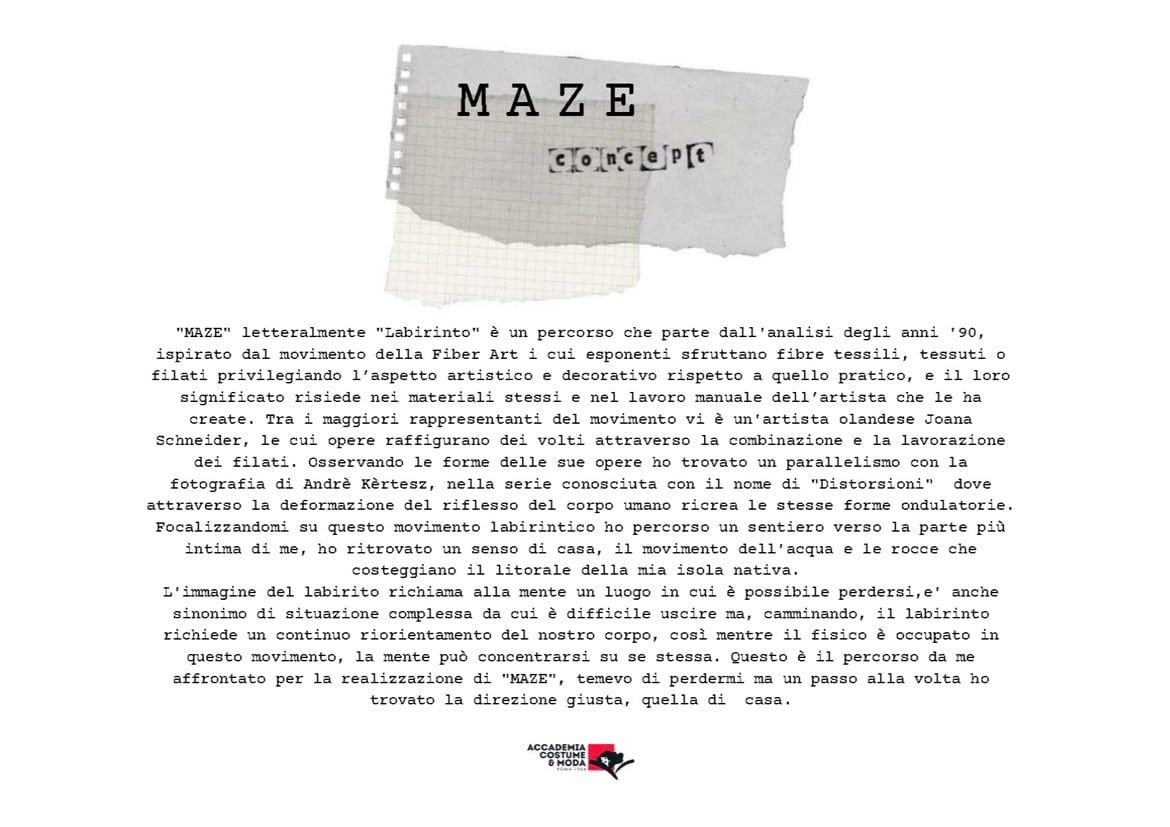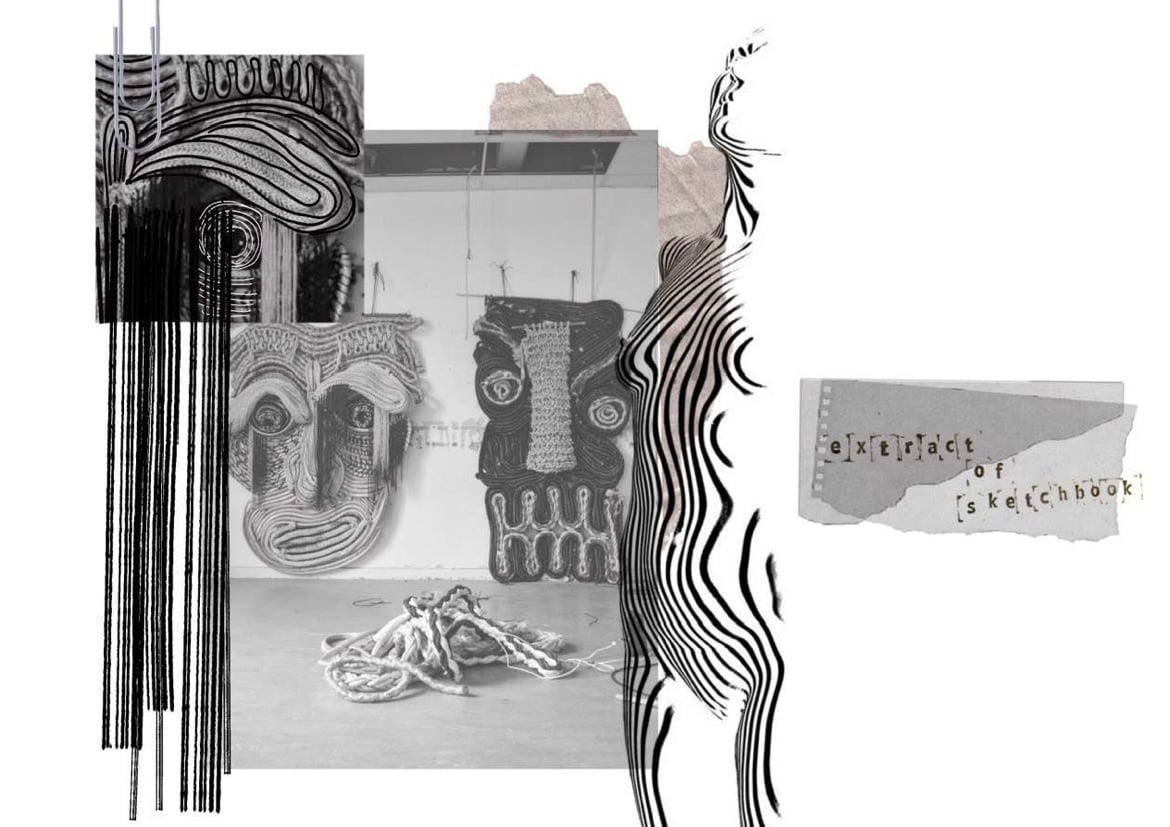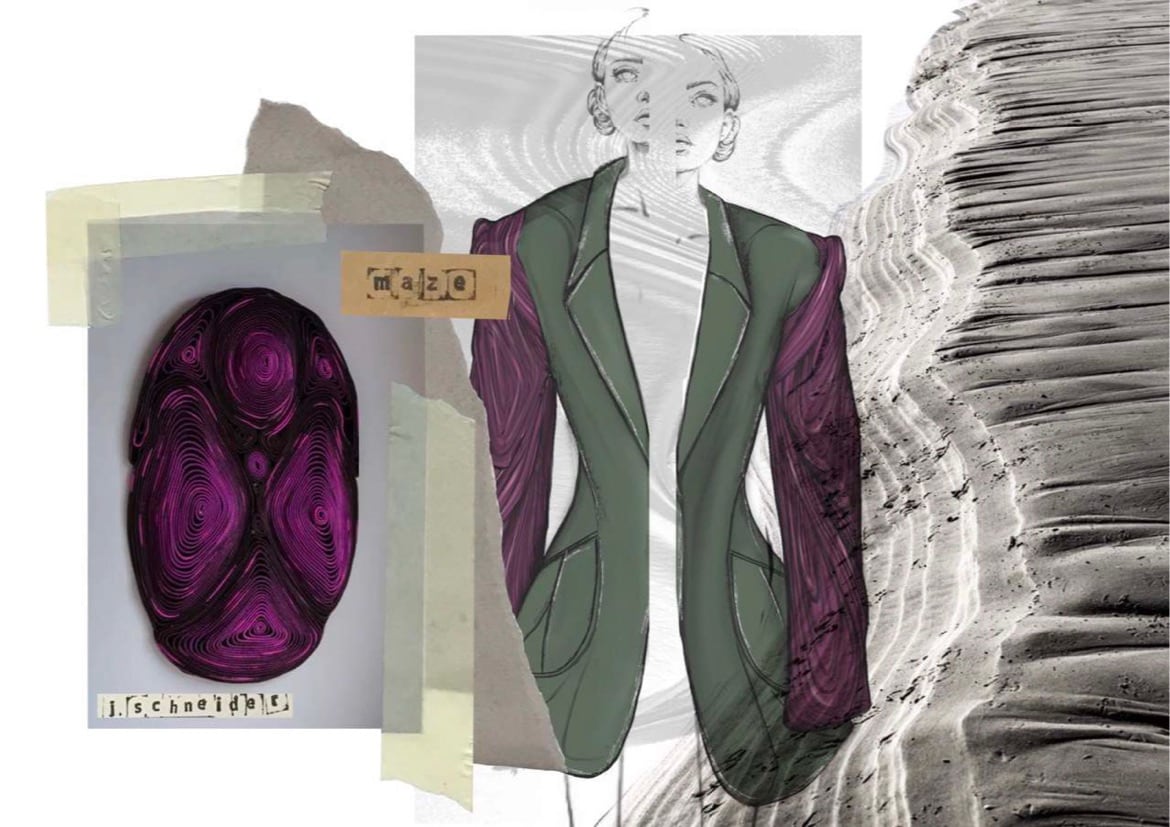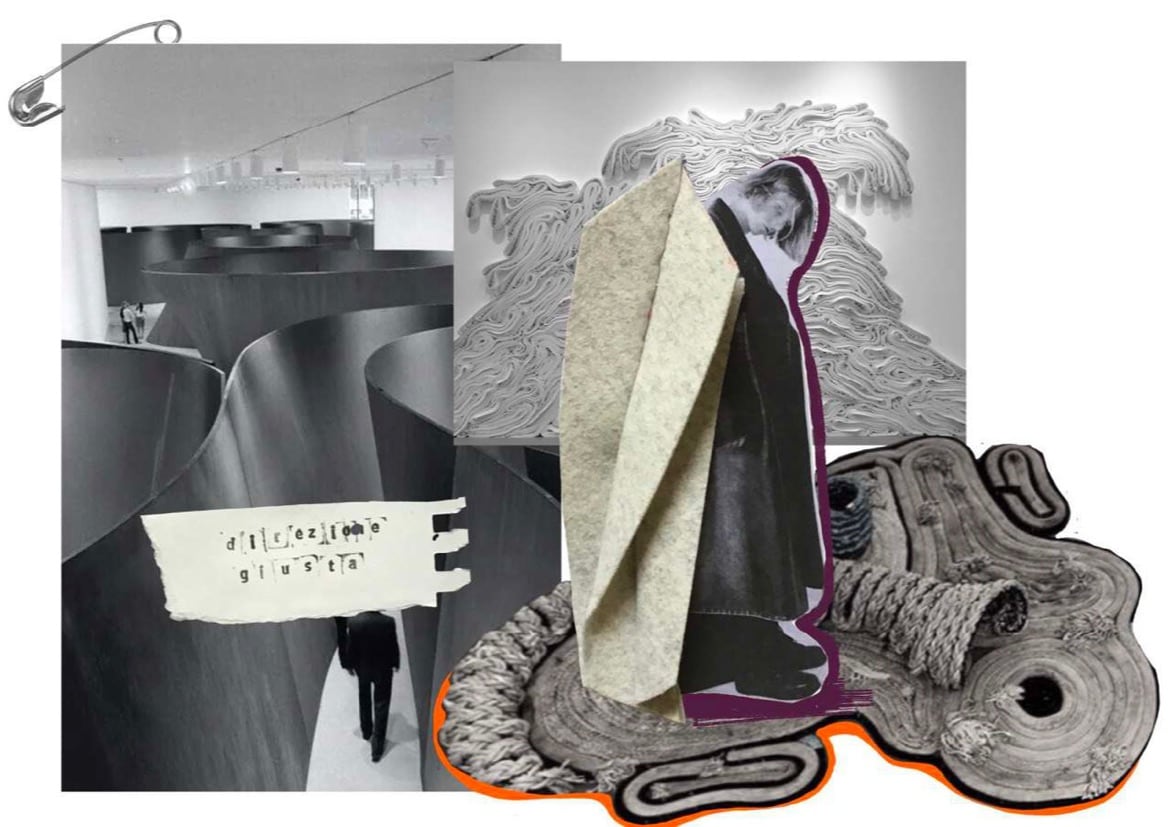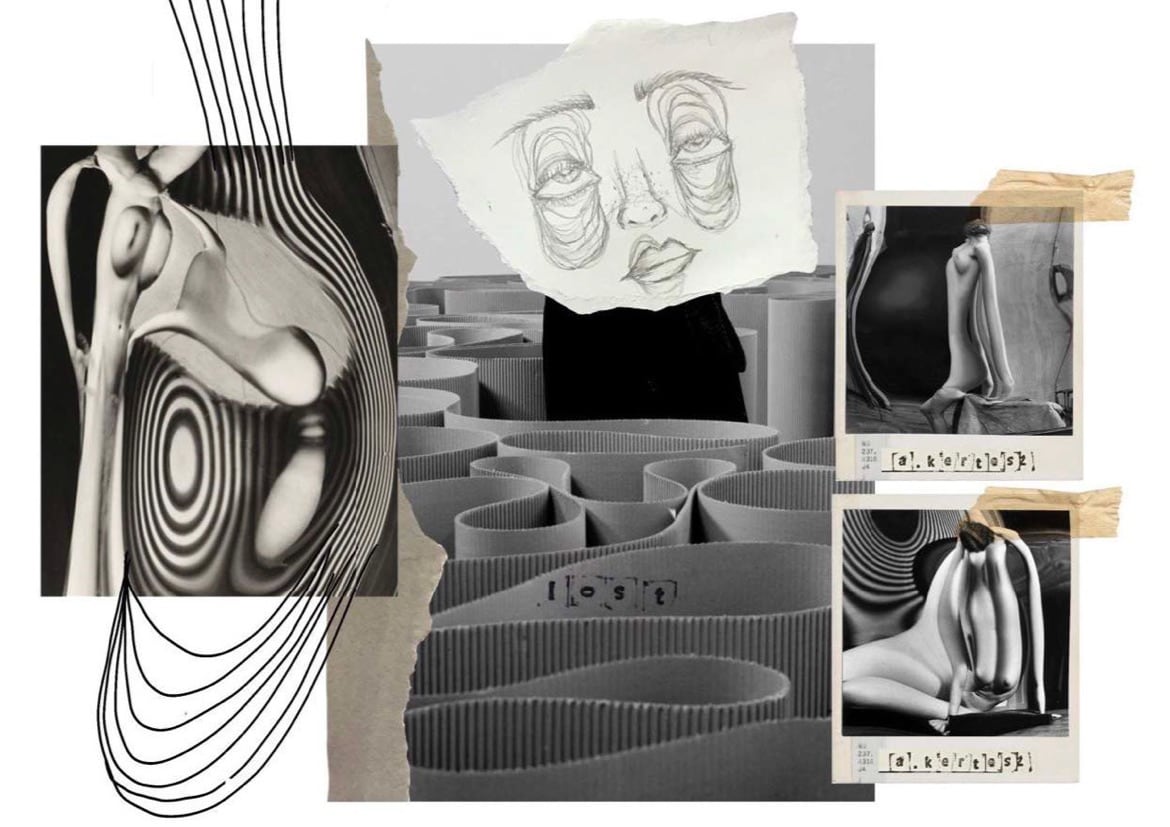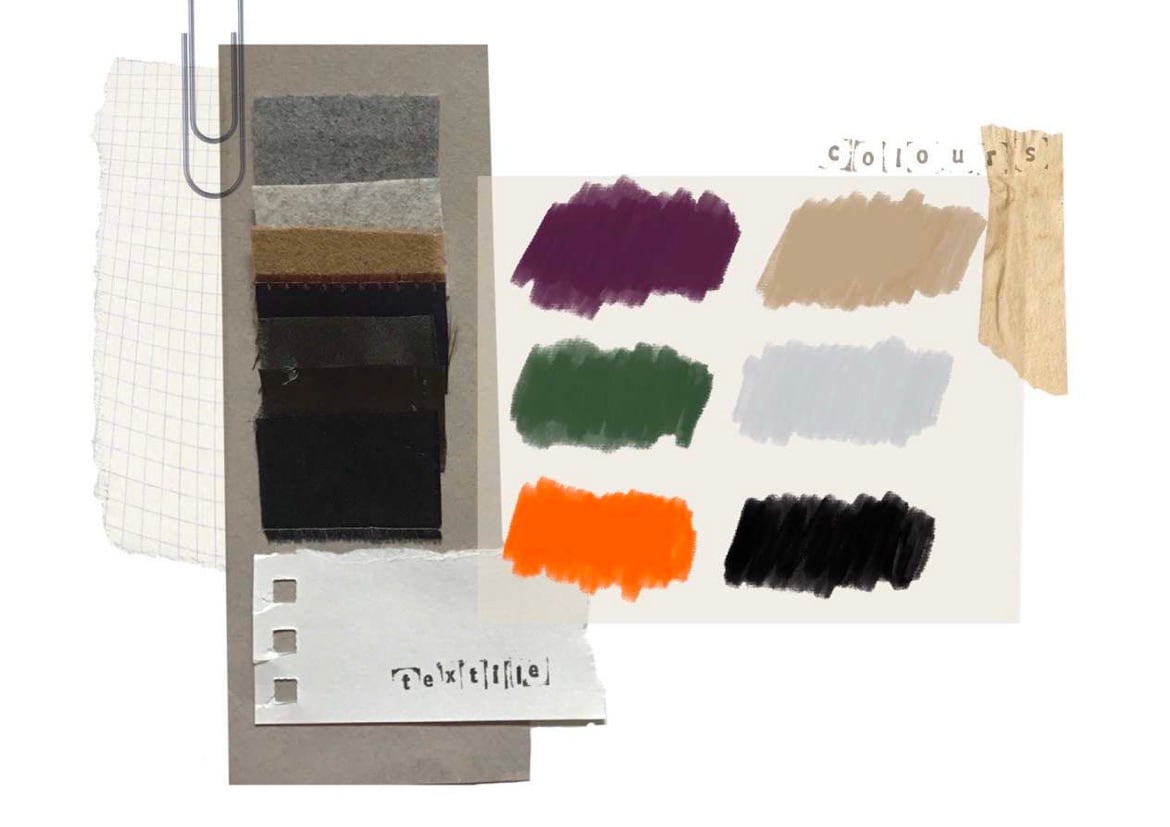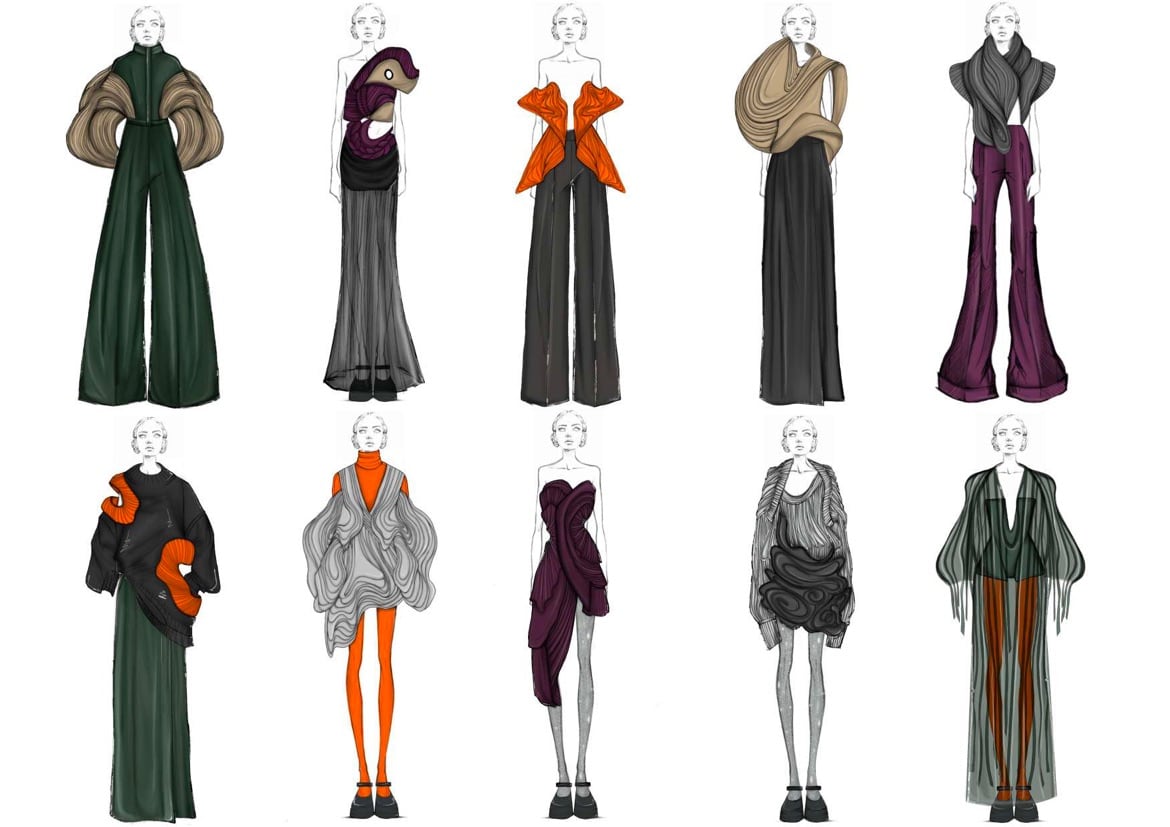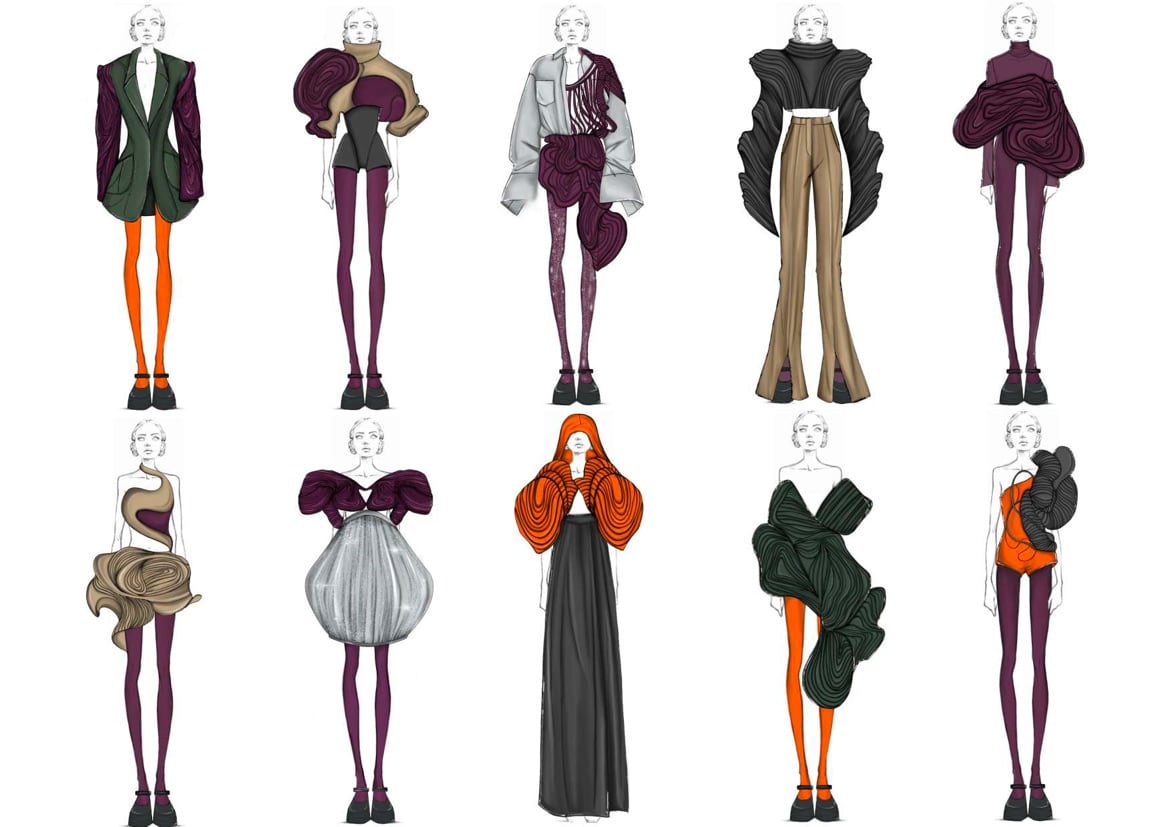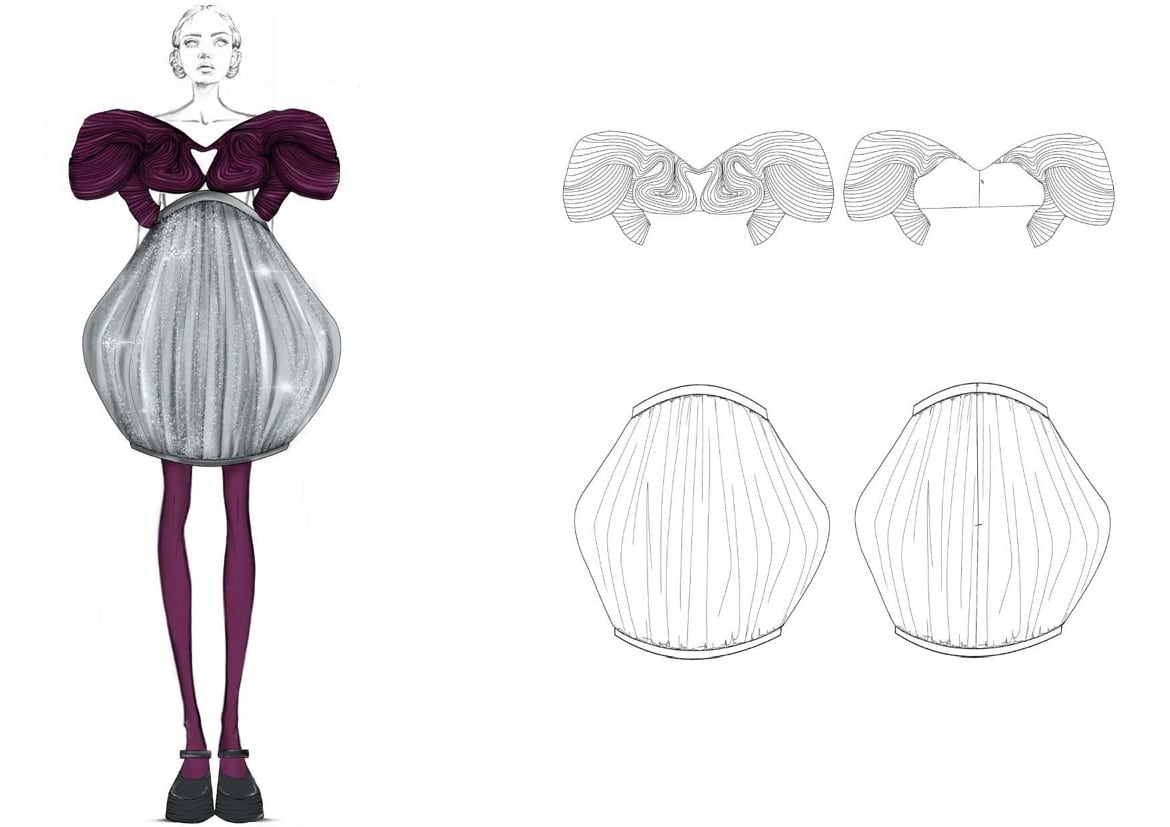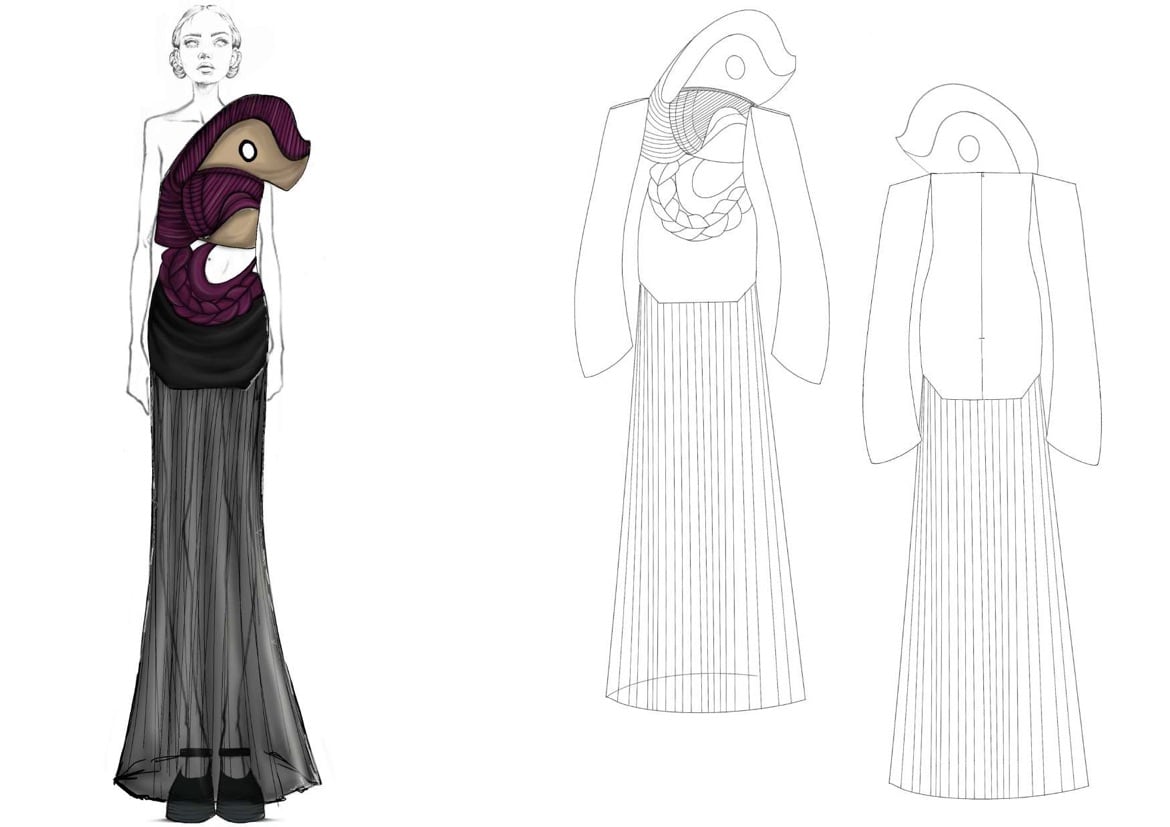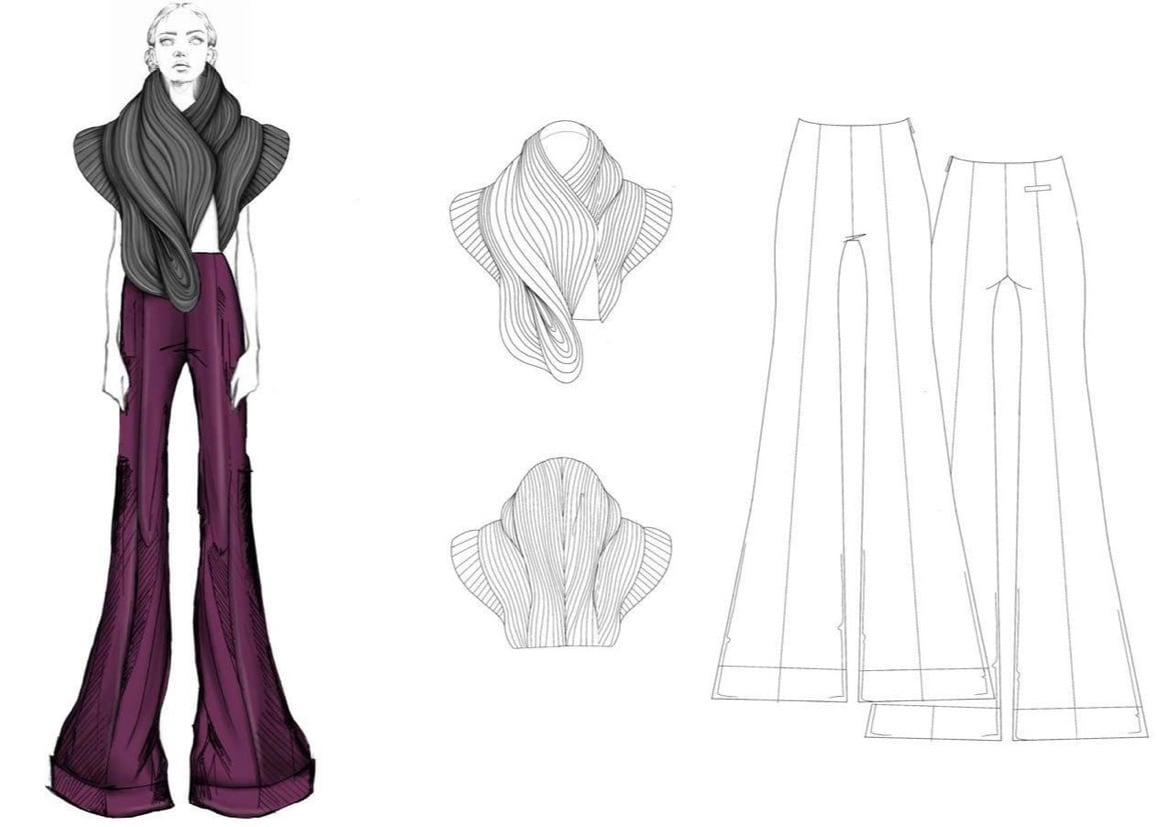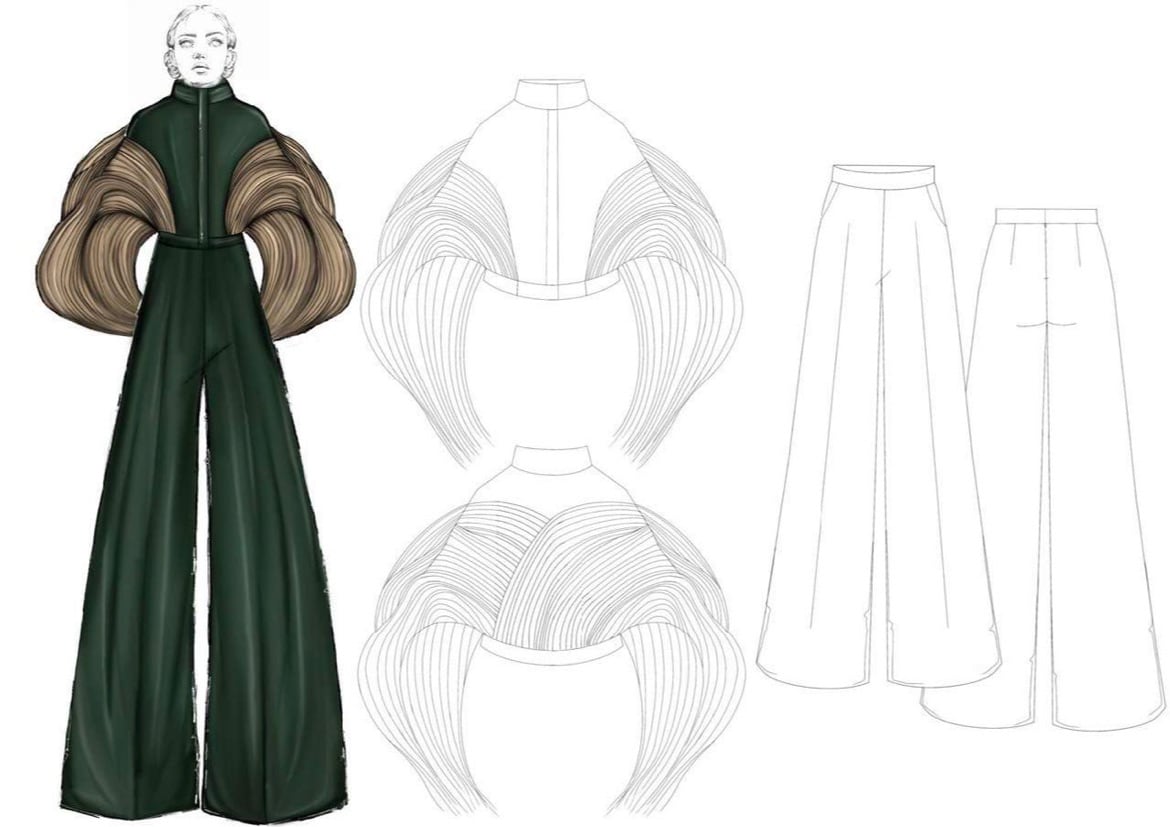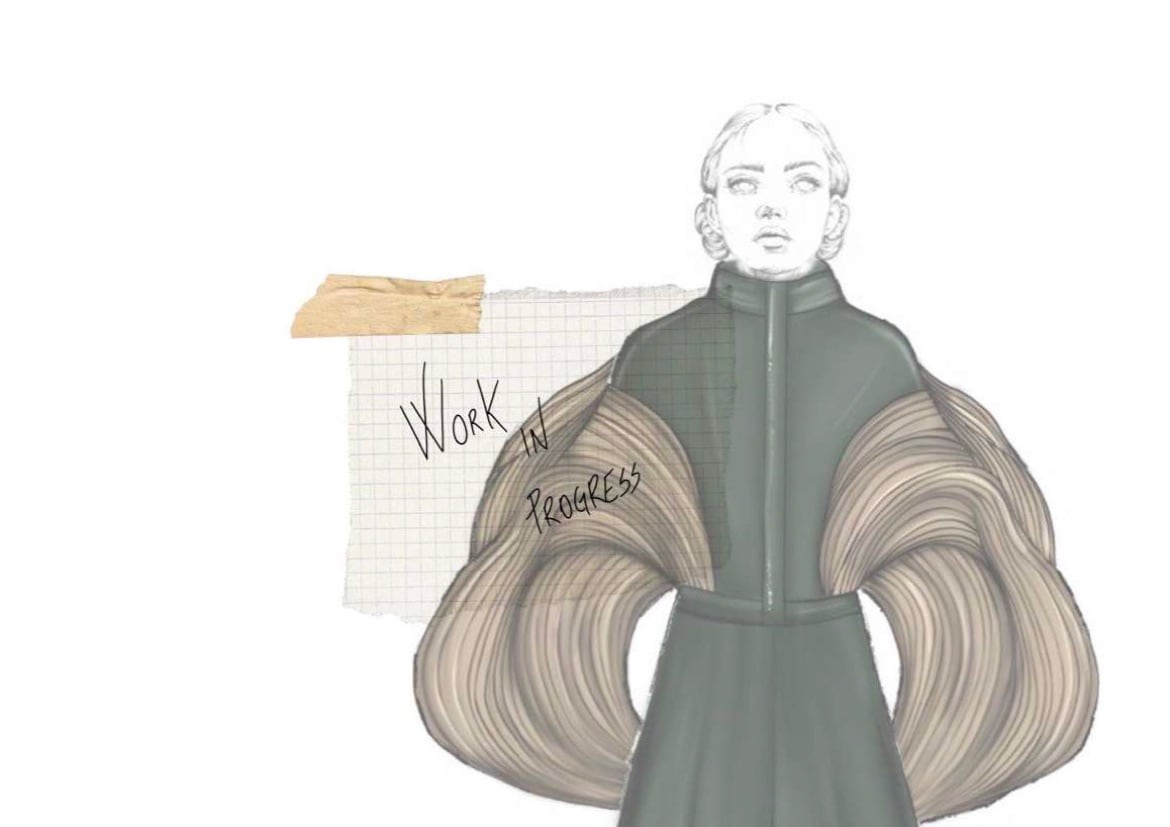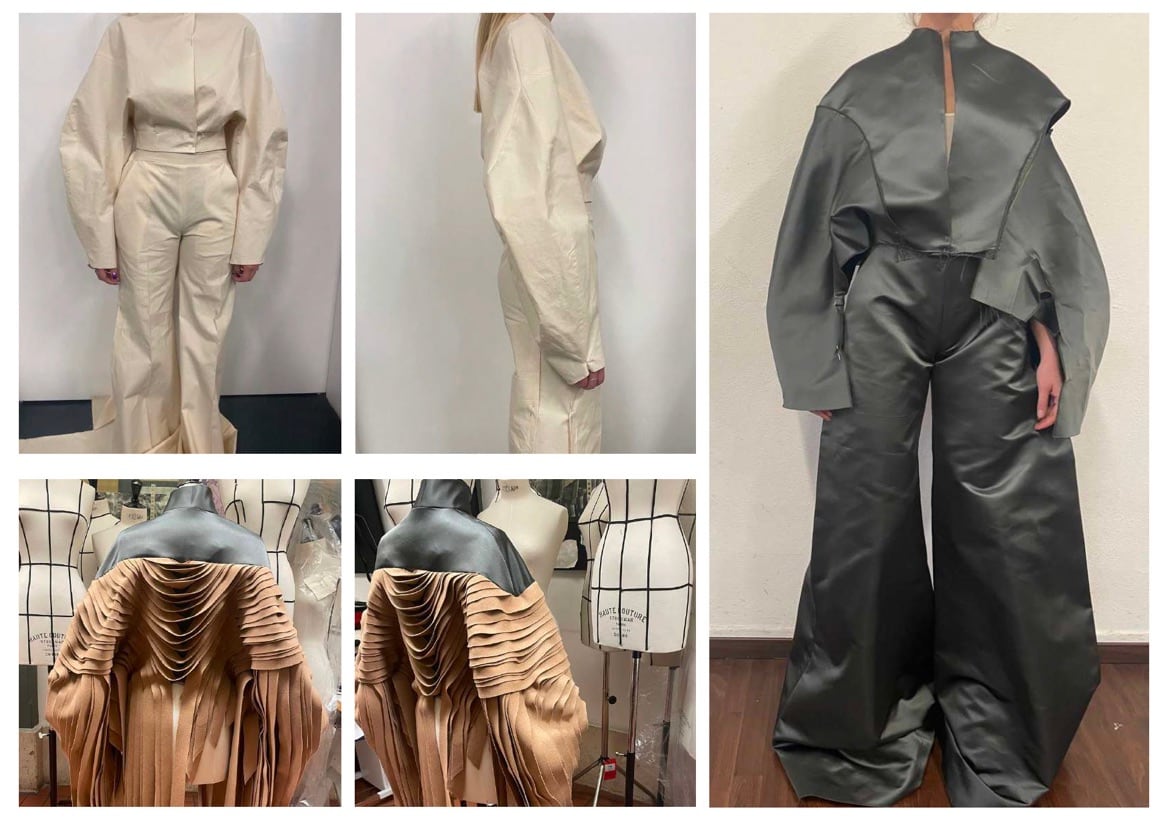“MAZE” letteralmente “Labirinto” è un percorso che parte dall’analisi degli anni ’90, ispirato dalmovimento della Fiber Art i cui esponenti sfruttano fibre tessili, tessuti o filati privilegiando l’aspetto artistico e decorativo rispetto a quello pratico, e il loro significato risiede nei materiali stessi e nel lavoromanuale dell’artista che le ha create. Tra i maggiori rappresentanti del movimento vi è un’artista olandeseJoana Schneider, le cui opere raffigurano dei volti attraverso la combinazione e la lavorazione dei filati. Osservando le forme delle sue opere ho trovato un parallelismo con la fotografia di Andrè Kèrtesz, nella serie conosciuta con il nome di “Distorsioni” dove attraverso la deformazione del riflesso del corpo umano ricrea le stesse forme ondulatorie. Focalizzandomi su questo movimento labirintico ho percorso un sentieroverso la parte più intima di me, ho ritrovato un senso di casa, il movimento dell’acqua e le rocce che costeggiano il litorale della mia isola nativa.
L’immagine del labirinto richiama alla mente un luogo in cui è possibile perdersi e anche sinonimo di situazione complessa da cui è difficile uscire ma, camminando, il labirinto richiede un continuo riorientamento del nostro corpo, così mentre il fisico è occupato in questo movimento, la mente può concentrarsi su se stessa. Questo è il percorso da me affrontato per la realizzazione di “MAZE”, temevo di perdermi ma un passo alla volta ho trovato la direzione giusta, quella di casa.
MAZE’ literally ‘Labyrinth’ is a journey that starts in the 1990s, inspired by the Fiber Art movement whose exponents exploit textile fibers, fabrics or yarns favoring the artistic and decorative over the practical, and their meaning lies in the materials themselves and in the manual work of the artist who created them.created them. Among the major representatives of the movement is Dutch artist Joana Schneider, whose works depict faces through the combination and processing of yarns. Looking at the shapes of her works, I found a parallel with the photography by André Kèrtesz, in the series known as ‘Distortions’ where throughthe deformation of the reflection of the human body he recreates the same wave-like shapes. Focusing on this labyrinthine movement, I travelled a path to the most intimate part of me, I found myself again.innermost part of me, I rediscovered a sense of home, the movement of water and the rocks that skirt the shoreline of my native island. The image of the labyrinth brings to mind a place where it is possible toget lost, it is also synonymous with a complex situation from which it is difficult to get out, but as we walk, the labyrinth requires continuous reorientation of our body, so while the body is occupied in thismovement, the mind can concentrate on itself. This is the path I faced for the realization of ‘MAZE’, I was afraid of getting lost but one step at a time I found the right direction, home.

